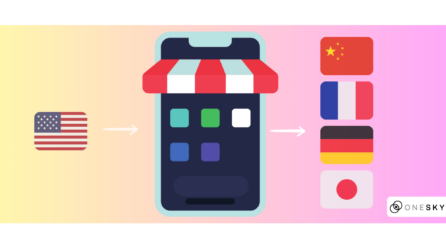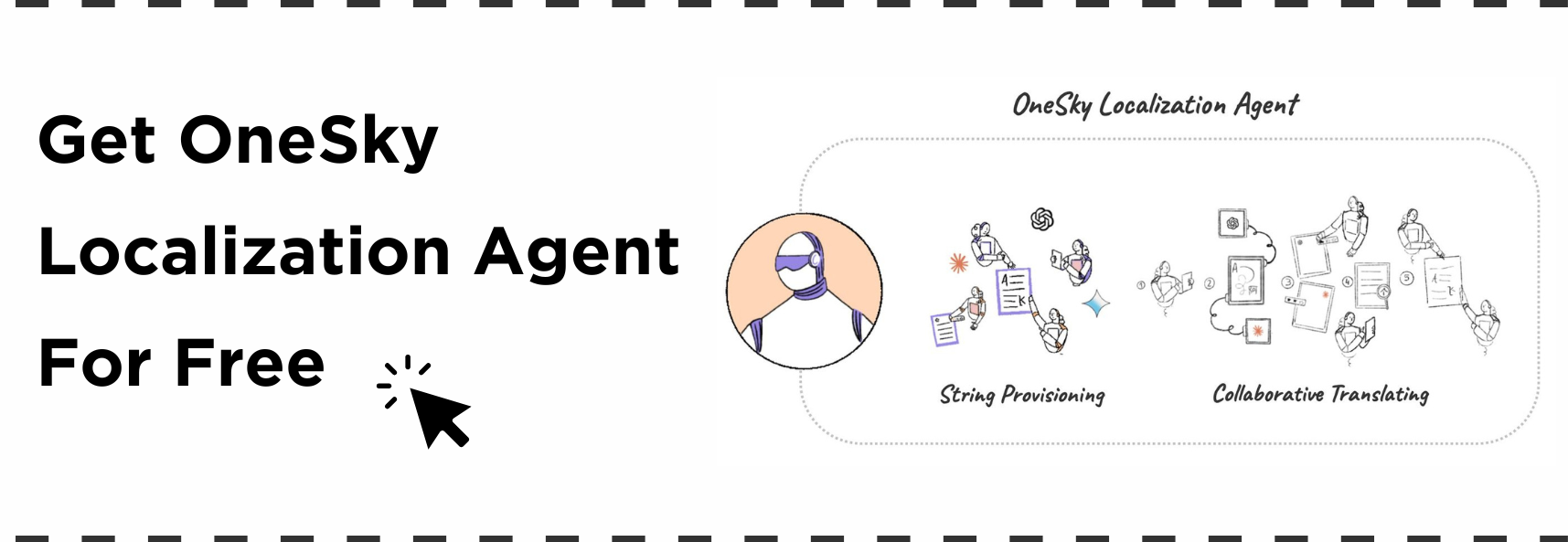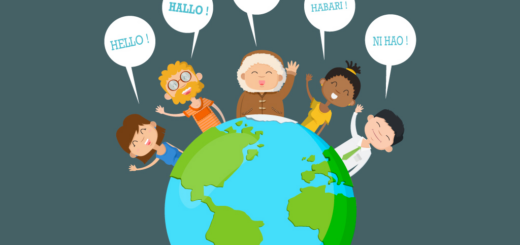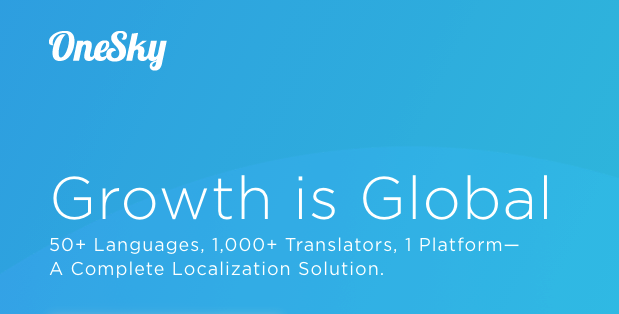Navigating Types of Language Categories: A Guide
In the ever-evolving landscape of global commerce, especially in app translation services, communicating effectively across cultural and linguistic boundaries is paramount for software and SaaS companies. Understanding the diverse types of language categories is not merely an academic exercise but a foundational aspect of crafting robust global communication strategies. These categories encompass a broad spectrum, from natural languages like English, Mandarin, Italian, and Spanish to constructed languages and even programming languages and markup languages, each playing a vital role in how digital products are localized and presented to worldwide audiences.
With the digital economy embracing Dutch, Portuguese, Italian, and Hindi, software and SaaS companies face the challenge of translating their content and localizing it to fit the cultural nuances of each target market. A Harvard study shows that 72% of consumers are more likely to buy a product with information in their native language. This underscores the importance of not only translating content but also adapting it to the linguistic and cultural context of each market.
In this article, we’ll review the critical role of different types of language categories in the localization process and explore strategies for software and SaaS companies to leverage this understanding for successful international expansion. Through a closer look at natural languages and their complexities, the potential of constructed languages, and the relevance of programming and markup languages in software localization, we’ll discover how you can navigate the linguistic challenges of global markets.
Understanding Language Categories
A profound understanding of the different language categories is vital in effective global communication and localization strategies. These categories dictate how content is translated across different world languages and how it is culturally adapted for diverse audiences, ensuring that software and SaaS products resonate with users globally.
Language categories, from the genealogical structures of Latin and Greek to the intricate word order dynamics of languages from the North like Swedish and Norwegian, can be broadly defined as classifications that group languages based on shared characteristics, from structural features to their use and function in society. Their significance in the realm of translation and localization is immense. For software and SaaS companies, including those focusing on software translation services and content translation, navigating these categories effectively means distinguishing between a product that feels native to its users and one that falls short of crossing cultural and linguistic barriers.
Natural Languages
The most familiar category encompasses the spoken and written forms of communication used by specific human communities. Languages like English, Mandarin, Spanish, Polish, Thai, and Arabic fall into this category. For businesses, understanding the nuances of natural languages, including dialects and idiomatic expressions, is crucial for localizing content in a way that is culturally and contextually relevant.
Constructed Languages
These are languages deliberately created for a specific purpose, such as Esperanto. While not as commonly used in everyday communication, constructed languages can play a role in international branding and community building for software companies.
Programming Languages
Languages like Python, Java, and HTML are essential for developing software and online platforms. Although not used for traditional communication, understanding the syntax and semantics of programming languages is vital to streamline your localization process, especially when adapting software for different technological ecosystems.
Markup Languages
Markup languages, such as HTML and XML, are used to structure and present content on the Internet. For SaaS companies, localizing this content means ensuring that it aligns with the target audience’s linguistic and cultural expectations, making the user experience seamless across different regions.
Natural Languages: The Foundation of Localization
Natural languages, with a rich diversity and complexity, form the foundation upon which effective global communication is built. From the Armenian highlands influencing the Indo-European family, with languages like English, Polish, Czech, Greek, German, and Icelandic, to the Sino-Tibetan group, including Mandarin and Burmese, each language brings its own set of challenges to the translation table.
The diversity of natural languages extends beyond mere vocabulary or grammar. It encompasses a wide range of cultural nuances, dialects, and idiomatic expressions that must be navigated carefully to ensure translations maintain their intended meaning and impact. For instance, a phrase that resonates with audiences in America might not hold the same connotation for speakers in Asia or Africa, even within the same language. This is where the complexity of natural languages truly comes into play, requiring translators to not just translate words but to transpose cultural contexts.
Moreover, the translation of natural languages is not a one-size-fits-all process. Languages such as Arabic and Hebrew not only read right to left but also have unique phonological and morphology systems, vastly different from the Indo-European languages. Similarly, Chinese, with its isolating linguistic nature, presents a different set of challenges, especially when translating for nuanced and context-heavy content like marketing materials for user interfaces.
Effective translation and localization go beyond the literal conversion of text from one language to another; they require a deep understanding of the linguistic and cultural intricacies inherent in each natural language. This involves recognizing and respecting the cultural nuances, dialects, and idiomatic expressions unique to each language. It’s about creating a version of the content that feels native to the target audience, preserving the tone, style, and intent of the original one while ensuring it aligns with the cultural expectations and norms of the target market.
Additionally, this depth of localization is crucial to increasing your app downloads and implementing strategies for reaching global markets through famous platforms like the Apple Store and the Play Store.

Constructed Languages: Beyond Natural Boundaries
Unlike natural languages, constructed languages are the product of a deliberate, thoughtful design. These languages, often created to facilitate easier communication across cultural and linguistic barriers, offer unique advantages in our increasingly connected world. One of the most renowned examples is Esperanto, which was developed in the late 19th century to create a universal second language to foster peace and international understanding.
Constructed languages extend beyond Esperanto, including artistic languages like Klingon from Star Trek and Dothraki from Game of Thrones, as well as auxiliary languages designed for practical communication. While these examples might lean towards entertainment and theoretical exercise, the principles behind constructed languages have practical applications in software development and digital platforms.
Moreover, understanding the nuances of constructed languages can enhance app localization services, making apps more accessible and appealing to a global audience.
Use Cases in Software and Digital Platforms
- Internationalization and Localization: Constructed languages can serve as a neutral basis for testing the internationalization capabilities of software, providing a simplified linguistic framework to ensure that applications can be easily adapted to various natural languages.
- Artificial Intelligence and Machine Learning: As AI continues to evolve, constructed languages offer a controlled environment for training machine learning models, especially in natural language processing and understanding.
- Enhancing User Experience: For global digital platforms, incorporating elements of constructed languages can create a unique and inclusive user experience, uniting users across different linguistic backgrounds without favoring any single natural language.
The potential of constructed languages in software applications and digital platforms is vast. By transcending the limitations and complexities of natural languages, they provide innovative solutions to communication barriers, fostering inclusivity and understanding in a globalized digital world.
Integrating Language Categories into Your Localization Strategy
If you decide to expand your reach globally as a software and SaaS company, integrating an understanding of different language categories into your localization strategies is critical. It’s about grasping the essence of Afro-Asiatic, Austronesian, Niger-Congo, and Sino-Tibetan language families, among others, to fine-tune your localization strategies for enhanced global engagement.
Let’s take a look at some strategic ways you can incorporate language categories into your company’s localization efforts:
1) Comprehensive Language Analysis
Begin by conducting a thorough analysis that includes European languages like Dutch, Italian, and Portuguese and extends to Asian languages such as Hindi, Persian, Thai, and the unique characteristics of Welsh, considering not just natural languages but also constructed languages, programming languages, and markup languages. Explore the rich tapestry of world languages, from the Albanian nuances in Europe to the Zulu vibrancy in Africa. Consider agglutinative languages like Turkish and Korean, which glue words together, and isolating languages such as Vietnamese, where words stand alone, impacting syntax and grammar in localization. Understanding your audience’s linguistic landscape can aid in forming effective localization strategies.
2) Leveraging the Right Technology
Capitalize on translation management systems that adeptly navigate the morphology and phonology of languages ranging from Hungarian to Mandarin. Such tools should transcend the conventional, embracing typological classification to cater to each language’s unique structure and syntax, ensuring a seamless user experience across European and Asian languages.
3) Tailor Content with Cultural Intelligence
Beyond the mechanics of translation, delve into the cultural fabric that languages weave. Every linguistic feature has a cultural backdrop, from the politeness levels in Japanese to the gendered nouns in Spanish. Adapting content to reflect these subtleties can transform user interaction from merely functional to deeply engaging.
4) Foster Continuous Linguistic Evolution
Language is dynamic. Awareness of changes is critical, be it in the emergence of new slang in American English or shifts in world order preferences in Scandinavian languages. This agile approach to localization ensures your content remains relevant and resonant across America, Asia, Europe, and beyond.
5) Collaborate with Regional Experts
Native speakers’ expertise is unparalleled in navigating the nuances of related languages and language groups. Their insight is crucial for fine-tuning content to align with the native language preferences of your target demographics, from America to Africa and Asia to Europe.
Expanding the Benefits
Inadequate language proficiency had a significant economic impact, resulting in losses close to $63 billion annually, equating to approximately 3.5% of the nation’s GDP.
A comprehensive translation management system such as OneSky is indispensable for tackling the intricacies across language families and the classification of languages. It ensures that your localization efforts are not just translations but are culturally adapted narratives that resonate with each audience segment, from Urdu speakers in South Asia to Danish communities in Northern Europe.
Integrating an extensive array of language categories into your localization strategy not only broadens your global outreach but also deepens connections with international audiences, fostering inclusivity and understanding in every interaction.
Master Language Categories with OneSky
Navigating the intricate web of language categories is paramount in crafting global software and SaaS products that resonate with users across continents. From the structural complexity of Indo-European languages to the nuanced syntax of Sino-Tibetan dialects, understanding and effectively managing these diverse linguistic elements is crucial for successful localization. The journey from agglutinative languages like Finnish and Turkish to isolating languages such as Mandarin underscores the varied challenges that global expansion entails.
The translation management platform of OneSky is designed specifically to address the broad spectrum of language categories. With advanced tools that cater to natural languages, constructed languages, and even the specific needs of programming languages and markup languages, OneSky simplifies the localization process seamlessly, ensuring linguistic accuracy and cultural relevancy.
Whether you’re adapting content for Russian speakers in Eastern Europe, localizing apps for the French or Bulgarian market, or ensuring your software speaks Dutch, Norwegian, Polish, and Thai, OneSky facilitates a seamless transition across linguistic boundaries.
With the help of OneSky, your content will seamlessly speak different languages, such as Dutch, Hindi, Czech, Persian, Swedish, Slavic, or even Latin (and much more). That’s the power of OneSky. So, if you want to elevate your company to a global level, leverage OneSky’s advanced translation management system, a refined AI-powered translation service enhanced by 1,000 professional translators of OneSky and integrations.
There is no limit to your company’s height when OneSky is your stepping stone.









 Written by
Written by 



This blog provides a comprehensive guide to understanding different types of languages and their crucial role in global communication and software localization. It explains how natural languages, constructed languages, programming languages, and markup languages all play distinct roles in adapting digital products for diverse international markets. Overall, it’s a valuable resource for software and SaaS companies looking to expand internationally, offering strategic insights into navigating language complexities effectively.